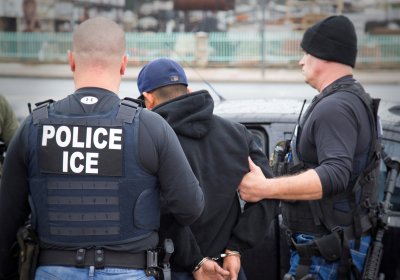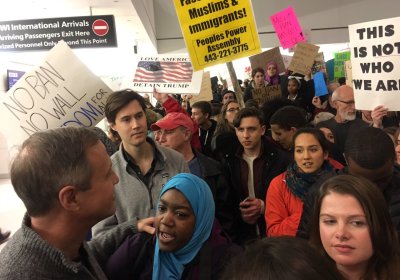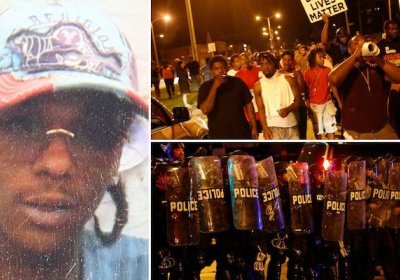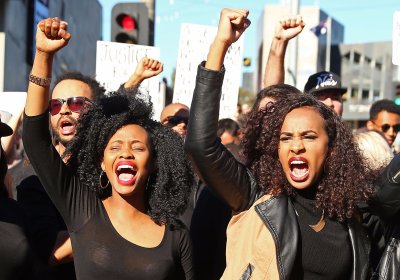Since the huge Women’s Marches protesting Trump’s policies on January 21, there have been almost daily demonstrations against his policies.
These include rallies against his stepped-up raids and deportations of undocumented immigrants, in particular the Day Without Immigrant national protests on February 16 during which thousands of migrants went on strike and demonstrated across the country.
In one week leading up to February 10, Immigration and Customs Enforcement (ICE) agents arrested nearly 700 people in raids in at least 11 states.











